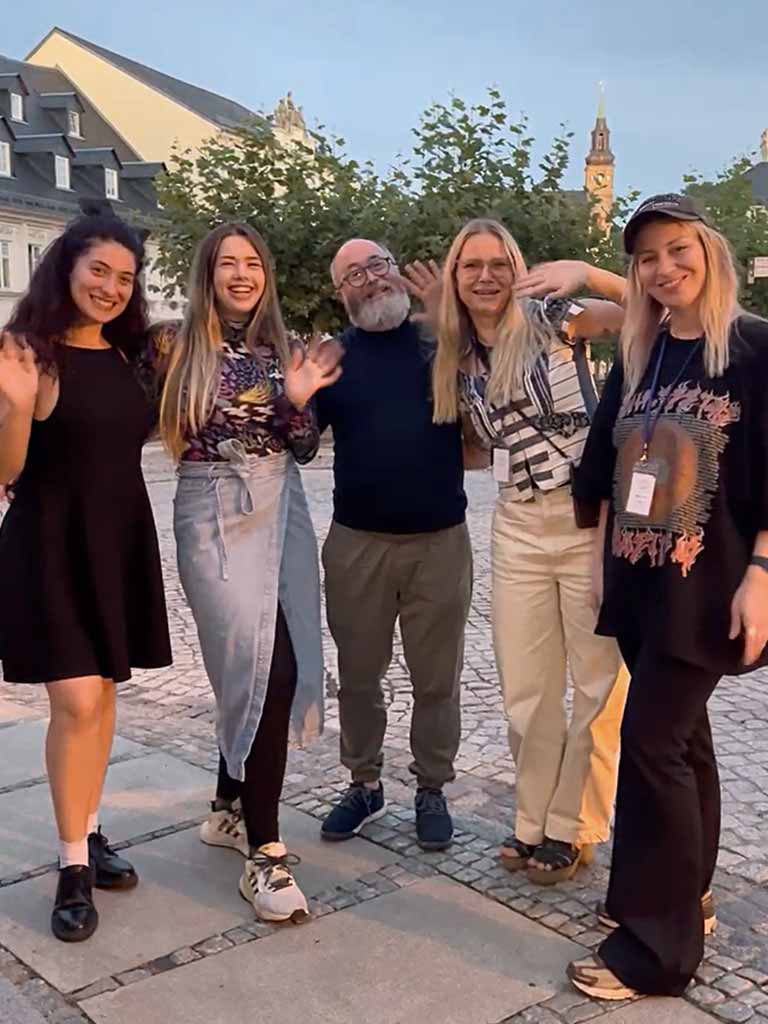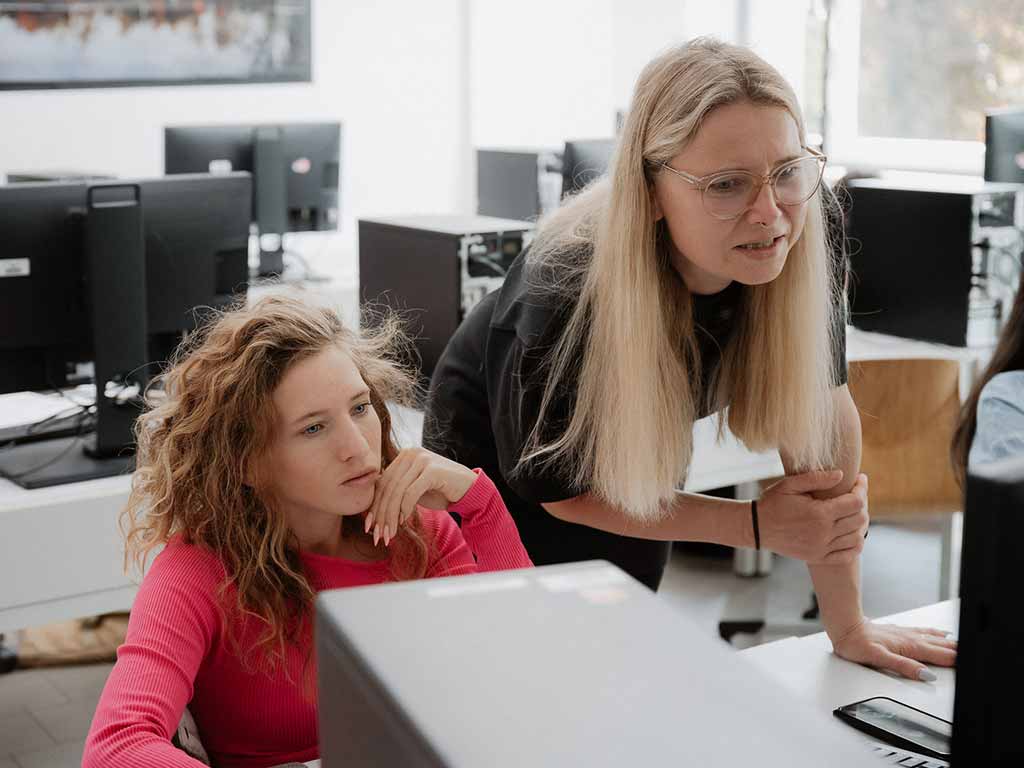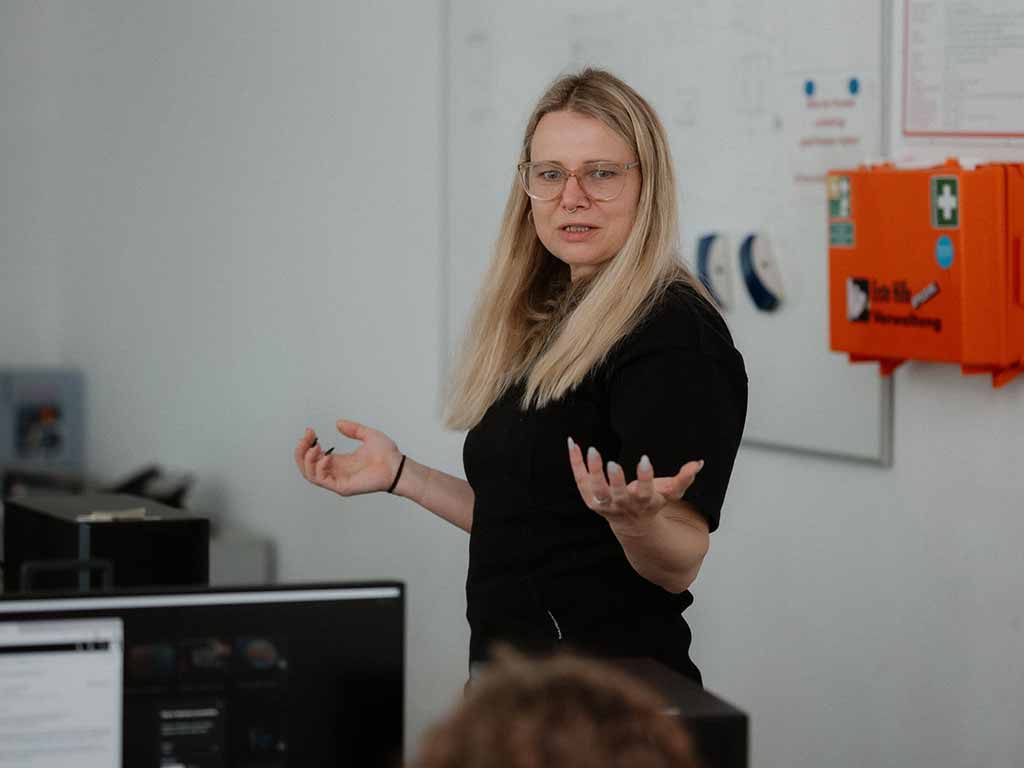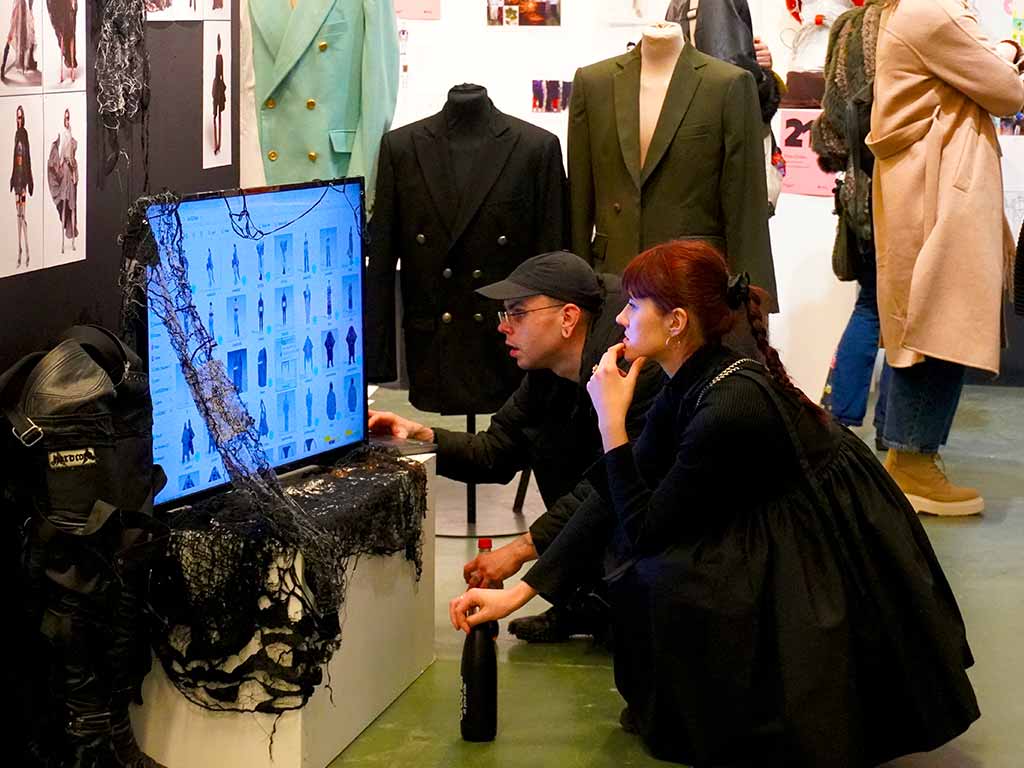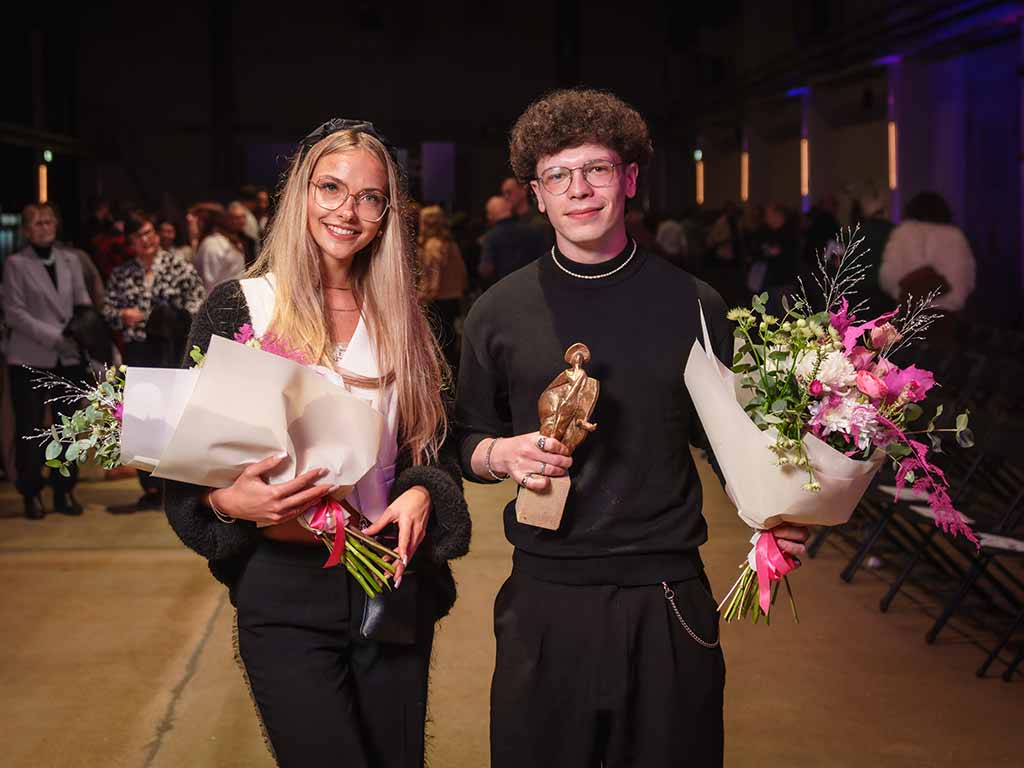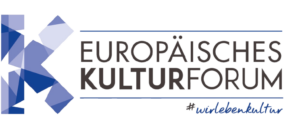
“A new form of design is emerging between craftsmanship and code.” FashionTEX expert Anita Michaluszko on digital textiles and the future of learning
Anita Michaluszko is a designer, researcher, and co-founder of Augmented Weaving, a platform that combines traditional textile craftsmanship with digital technologies. She explores new forms of design at the intersection of weaving, 3D design, and augmented reality. Her work represents a forward-thinking connection between craftsmanship, innovation, and digital aesthetics. As part of the European FashionTEX project, Anita Michaluszko was a member of the expert team at the Makerspace in Schneeberg. There, she worked with students from eleven European countries, guiding them in the development of hybrid fashion concepts bridging the physical and digital worlds.
Ms. Michaluszko, what developments did you observe among the students during the Makerspace?
Anita Michaluszko: Working with students is always inspiring because they try out new tools without preconceived notions. They often don’t yet know what a machine or software can do, and that’s precisely what makes them so experimental. Many simply tried things out, asked questions, and thereby achieved surprising results. A major challenge was the translation of physical materials into digital textures or vice versa, from 3D files into real objects. But it was precisely in these moments that the most exciting “aha” moments occurred, when ideas suddenly became tangible.
From your perspective, how did the Makerspace contribute to networking between universities and disciplines?
Anita Michaluszko: The Makerspace brought together students from different countries and backgrounds. This diversity was incredibly enriching. The participants shared experiences, learned from each other, and forged connections that will certainly last beyond the project.
Were there any moments that personally moved or inspired you?
Anita Michaluszko: Yes, many. I was particularly touched by how personal the students’ projects were. Everyone had something to say, whether it was about memories, geographical identity, or social issues. Some explored their homeland, others environmental issues or cultural symbols. It was fascinating to see how individual and yet universal these perspectives were.
Which technical tools or methods were used most intensively?
Anita Michaluszko: The makerspace in Schneeberg was excellently equipped with 3D printers, embroidery and knitting machines, which many universities don’t even have. This variety opened up completely new creative approaches. It was impressive how much could be prototyped in just two weeks.
Which results impressed you the most personally?
Anita Michaluszko: I was thrilled by the range of projects, from delicate accessories to experimental 3D structures on textiles. It was wonderful to observe how the digital and the physical became increasingly intertwined. I’m already looking forward to the final presentations, that magical moment when everything comes together.
What was the biggest challenge in the process?
Anita Michaluszko: As is often the case: time. It was a challenge for both the students and us lecturers to fit so much learning and production into just a few days. But in the end, everything worked out thanks to good organization and a dedicated team spirit.
Which elements of the makerspace format do you think should be continued or further developed?
Anita Michaluszko: The makerspace was a complete success in its first edition, and I am convinced that we can build on this experience. The format will be continued in Riga in 2026, and it offers the chance to set new priorities and integrate local resources. The makerspace is like a two-week bootcamp where we try to open the students’ minds to new possibilities.
What recommendations do you have for future workshops?
Anita Michaluszko: Technologically, everything is in flux, so agility is key. We should remain flexible, try out new methods, and adapt the tools to the needs of the students. It is crucial that these experiences do not remain isolated but are integrated into the curricula of the universities.
Where do you see the greatest potential for the future of the project?
Anita Michaluszko: In networking. Currently, eleven European universities are involved, but the network can grow. I see enormous potential in connecting young designers across Europe through technology, exchange, and creativity. Because that’s what the fashion of tomorrow needs: curiosity, openness, and the courage to weave together something new.

